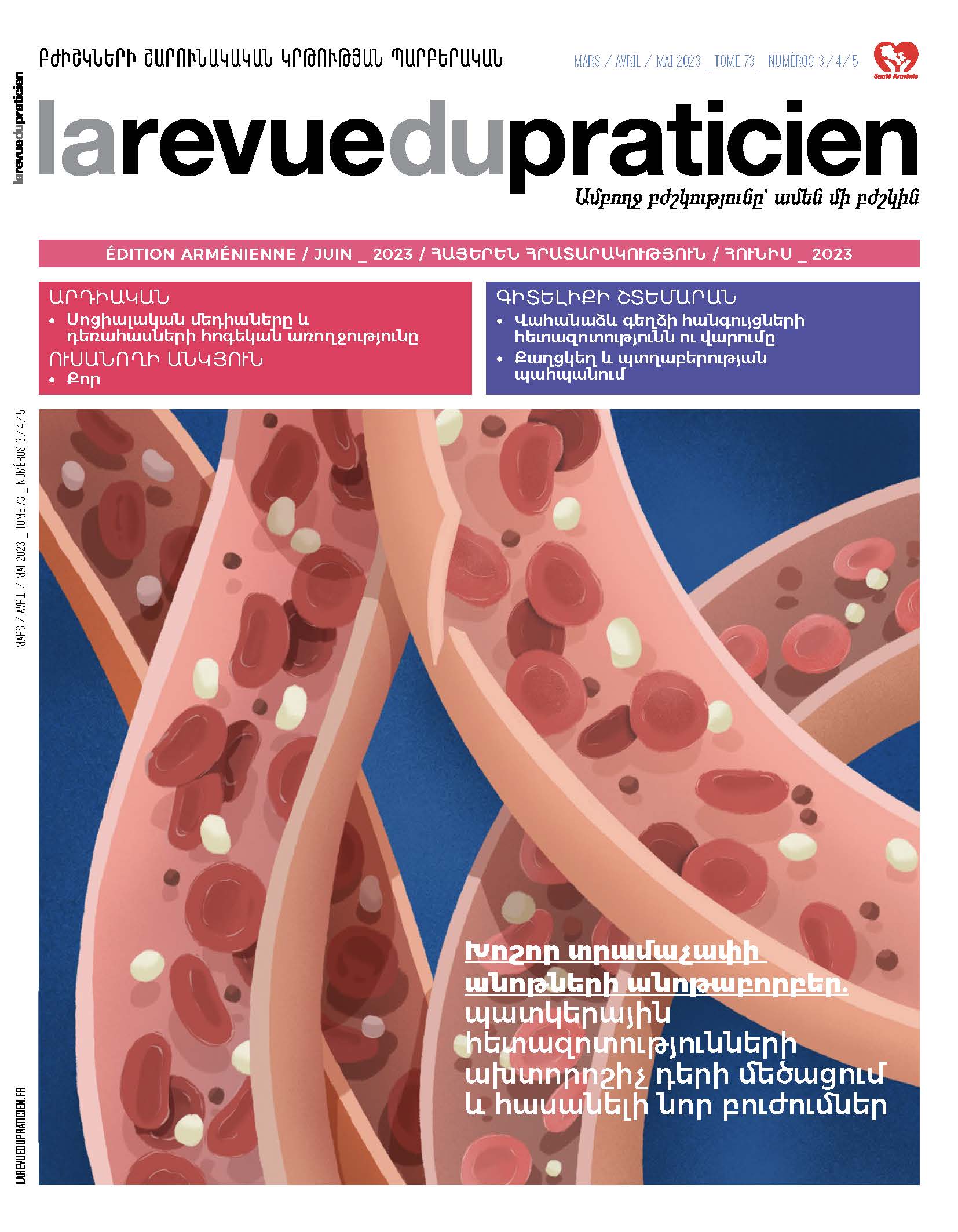Abstract
The treatment of giant cell arteritis (GCA) is based on glucocorticoids. This treatment significantly reduces the risk of ischemic complications, especially those of a visual nature, rapidly relieves the symptoms of the disease, and eliminates the inflammatory syndrome. The diagnosis of GCA must be able to question if corticosteroid therapy is ineffective. Once the symptoms have resolved and the inflammatory syndrome has normalized, glucocorticosteroids are tapered very gradually. The goal is to discontinue glucocorticosteroids in 12 to 18 months. Nearly half of patients experience flares during the glucocorticoid taper. These are usually benign, not visually life-threatening, and easily controlled by increasing glucocorticoids. However, these relapses contribute to prolonging the treatment duration and thus the cumulative dose of glucocorticoids received by patients, which leads to the occurrence of adverse effects of glucocorticoids in almost all patients. For this reason, it is sometimes necessary to prescribe glucocorticoid-sparing treatments, particularly methotrexate and tocilizumab. The efficacy of these treatments and others in development is essential and to be discussed. In addition, the management of patients with GCA should include preventive measures to reduce cardiovascular, infectious and osteoporosis risks.
MeSH :
Giant Cell Arteritis/complications,
Giant Cell Arteritis/diagnosis,
Giant Cell Arteritis/drug therapy,
Glucocorticoids/therapeutic use,
Humans,
Methotrexate.
Keywords :
Giant Cell Arteritis.
